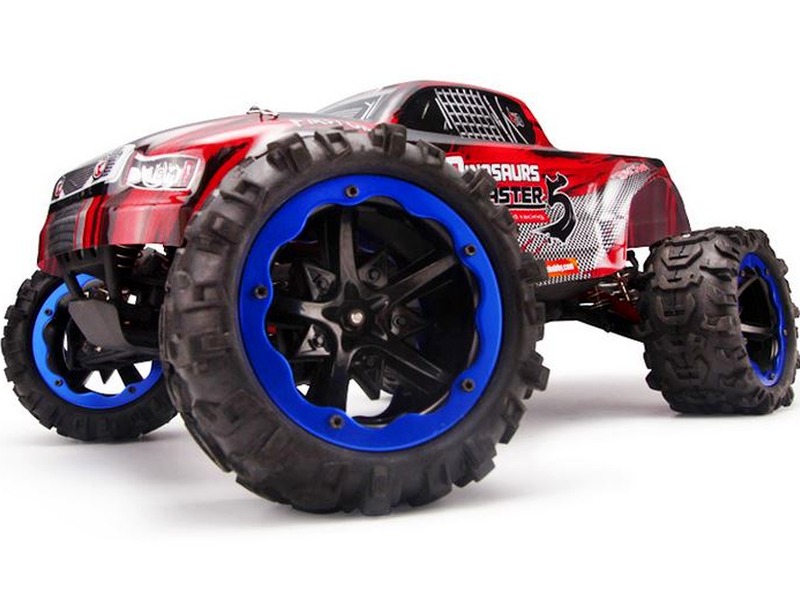How cold is too cold for RC cars?

When it comes to RC cars, the answer to the question of how cold is too cold is not a simple one. The answer depends on a variety of factors, including the type of RC car, the type of battery used, and the temperature of the environment.
The type of RC car is an important factor to consider when determining how cold is too cold. Generally, electric RC cars are more sensitive to cold temperatures than nitro-powered RC cars. This is because electric RC cars rely on batteries to power them, and batteries tend to lose their charge more quickly in cold temperatures. Nitro-powered RC cars, on the other hand, are more resistant to cold temperatures because they use a fuel-based system.
The type of battery used in the RC car is also an important factor to consider. Lithium-ion batteries are the most common type of battery used in RC cars, and they are more sensitive to cold temperatures than other types of batteries. If you are using a lithium-ion battery in your RC car, it is important to make sure that the battery is kept warm and charged before using it in cold temperatures.
Finally, the temperature of the environment is an important factor to consider when determining how cold is too cold for RC cars. Generally, temperatures below 32 degrees Fahrenheit (0 degrees Celsius) are considered too cold for most RC cars. At this temperature, the battery will lose its charge quickly and the car may not be able to function properly.
In conclusion, the answer to the question of how cold is too cold for RC cars depends on a variety of factors, including the type of RC car, the type of battery used, and the temperature of the environment. Generally, temperatures below 32 degrees Fahrenheit (0 degrees Celsius) are considered too cold for most RC cars. It is important to make sure that the battery is kept warm and charged before using it in cold temperatures.
Comments / Question
2. Use lithium-ion batteries, as they are more resistant to cold temperatures.
3. Apply a lubricant to the RC car's moving parts to keep them from freezing.
4. Use a low-temperature grease on the gears to prevent them from freezing.
5. Cover the RC car with a waterproof cover when not in use.
6. Keep the RC car away from direct sunlight and wind.
7. Inspect the RC car regularly for signs of wear and tear, and replace any worn or damaged parts.
8. Check the RC car's battery before each use to make sure it is fully charged.

